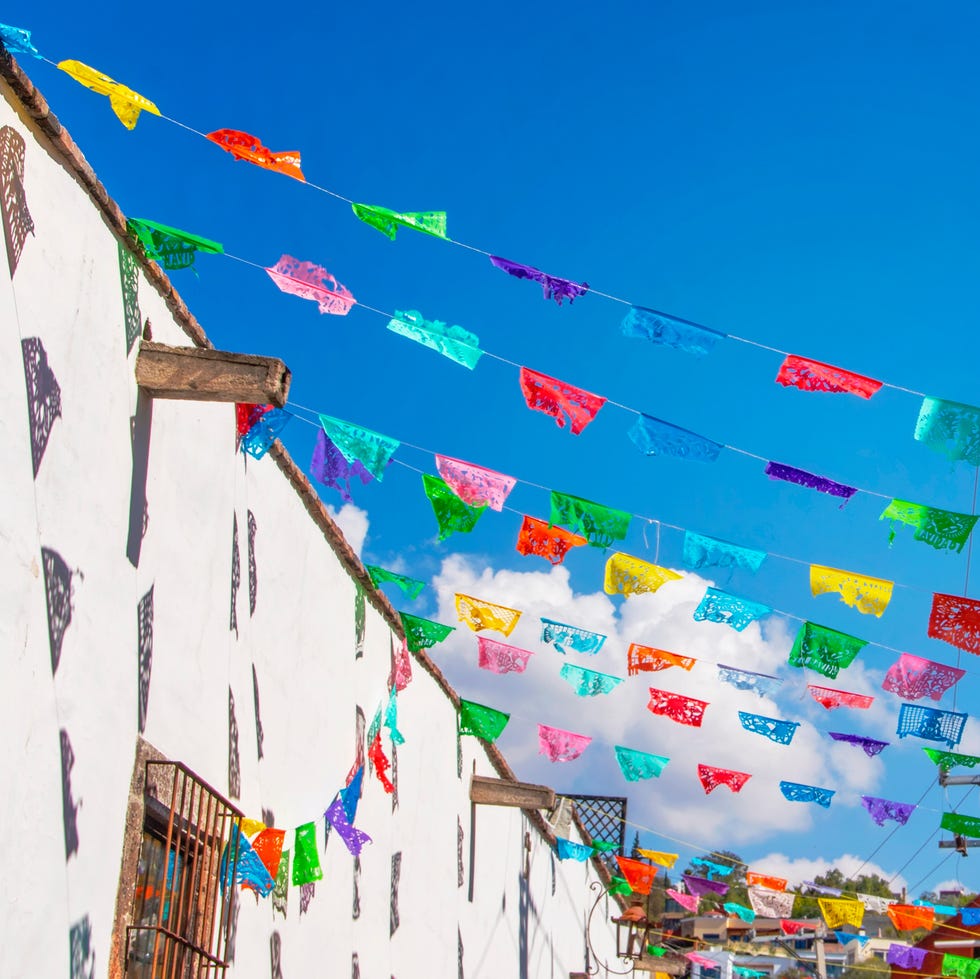| Katarina Avendaño, Irina Gonzalez |
Día de Muertos is two days long.
Día de Muertos occurs over the course of two days, starting at midnight on November 1, and ending November 2. Modern observances of the tradition refer to November 1 as Día de Inocentes (“Day of the Innocents”) or Día de Angelitos (“Day of the Little Angels”), honoring children and babies who were lost.
The ofrenda (altar) honors the dead.
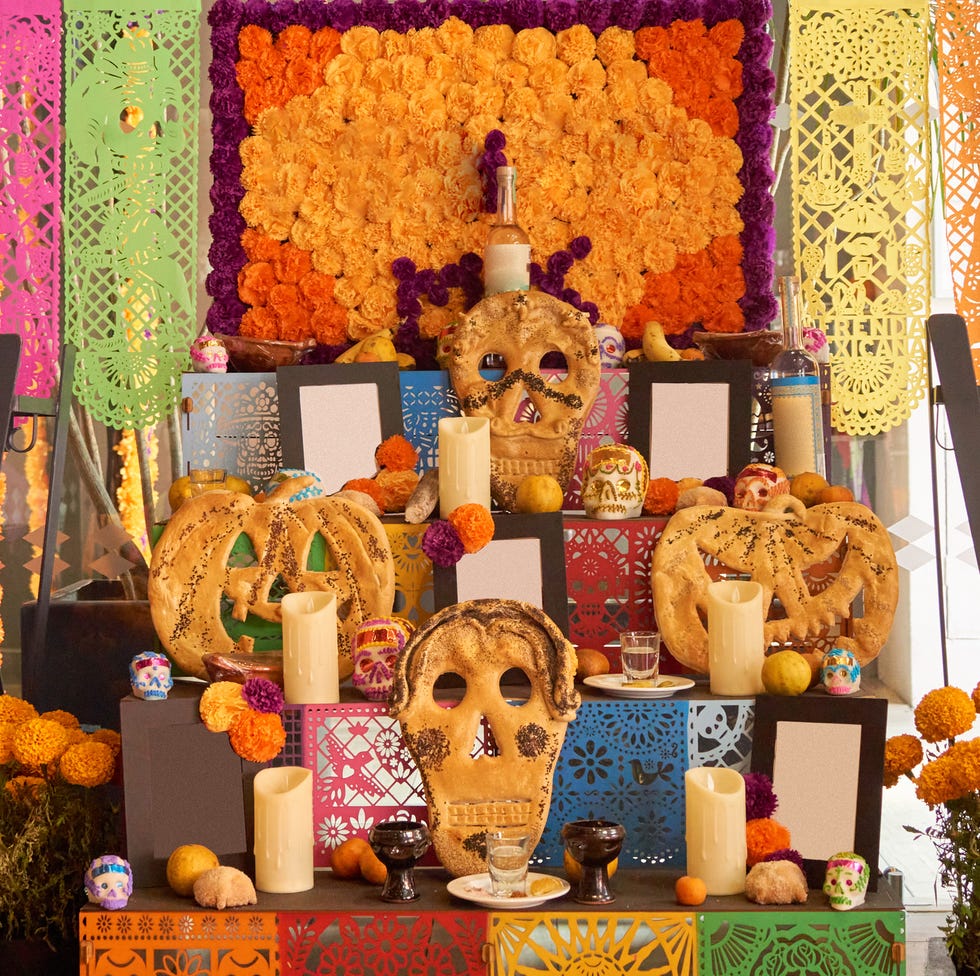
Core to Día de Muertos is the ofrenda, or the altar created to honor the dead. A typical ofrenda is a table that’s adorned with traditional pastries and flowers, as well as items identified with the deceased, like photos or other personal items.
Advertisement – Continue Reading Below
Marigolds (flor de cempasúchil) are displayed to guide spirits.
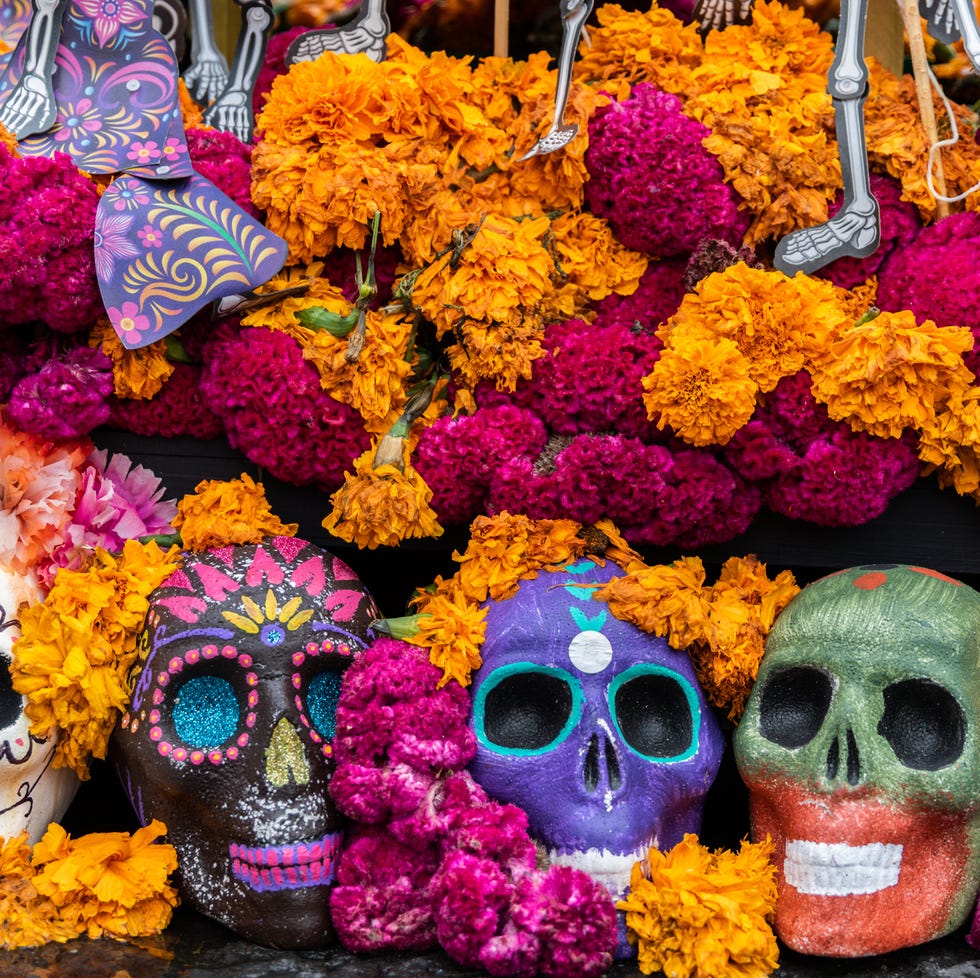
Dancing is a big part of the holiday.
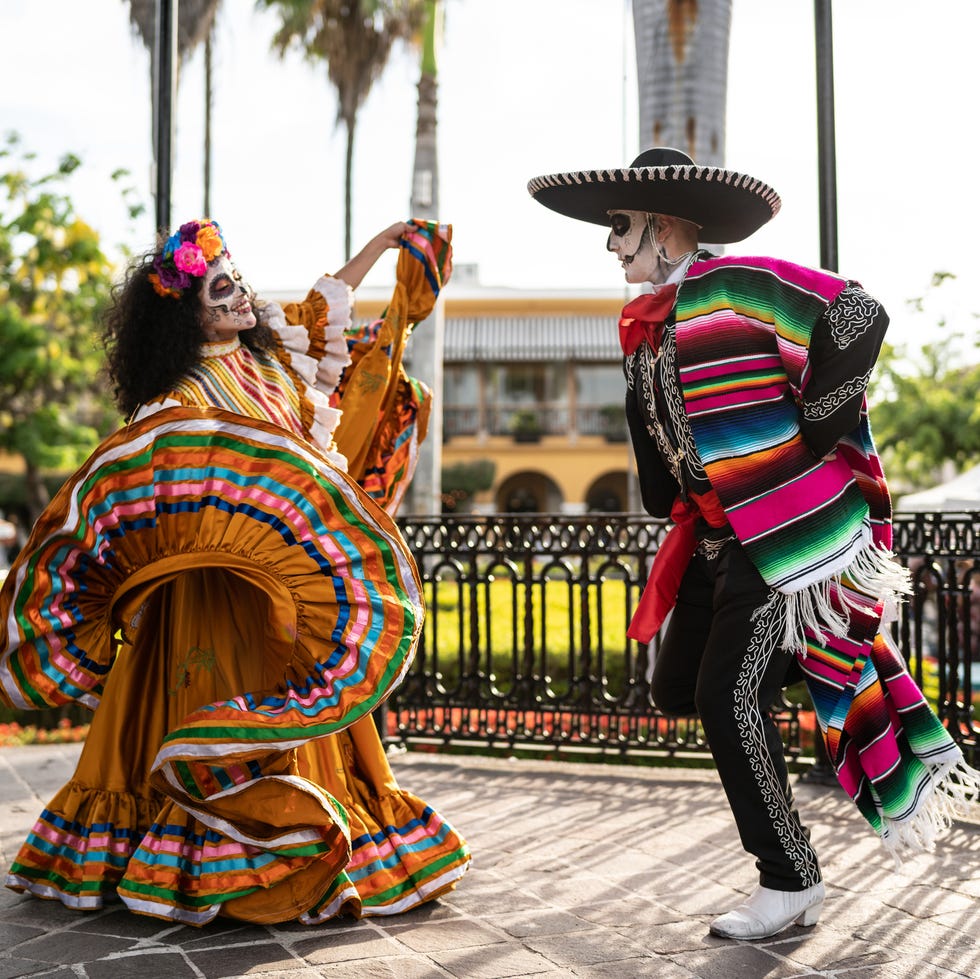
Like many Mexican celebrations, Day of the Dead includes music and dance. Mariachi and banda music plays, and dances like La Danza de los Viejitos (the dance of the old men) are part of the festivities. Another popular dance is La Danza de los Tecuanes (the dance of the jaguars), though both dances can be performed during other times in the year.
Advertisement – Continue Reading Below
Día de Muertos is not the same as Halloween.
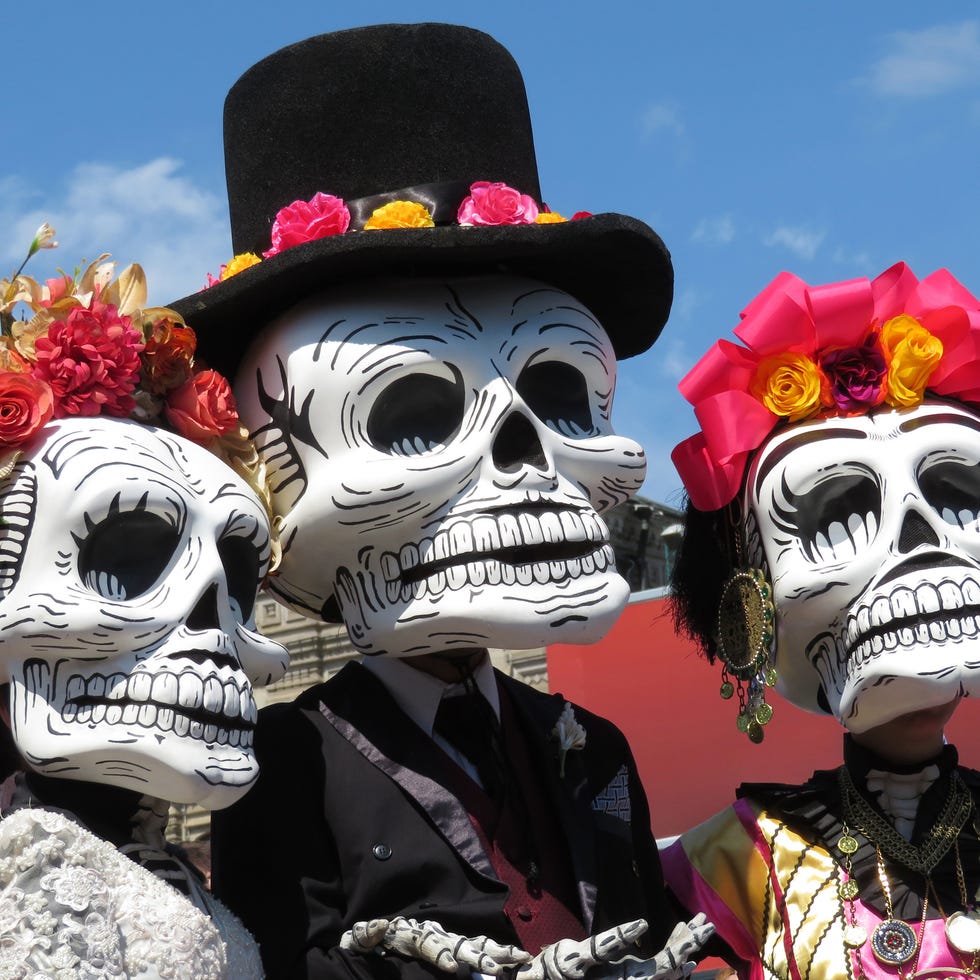
The custom has indigenous roots.
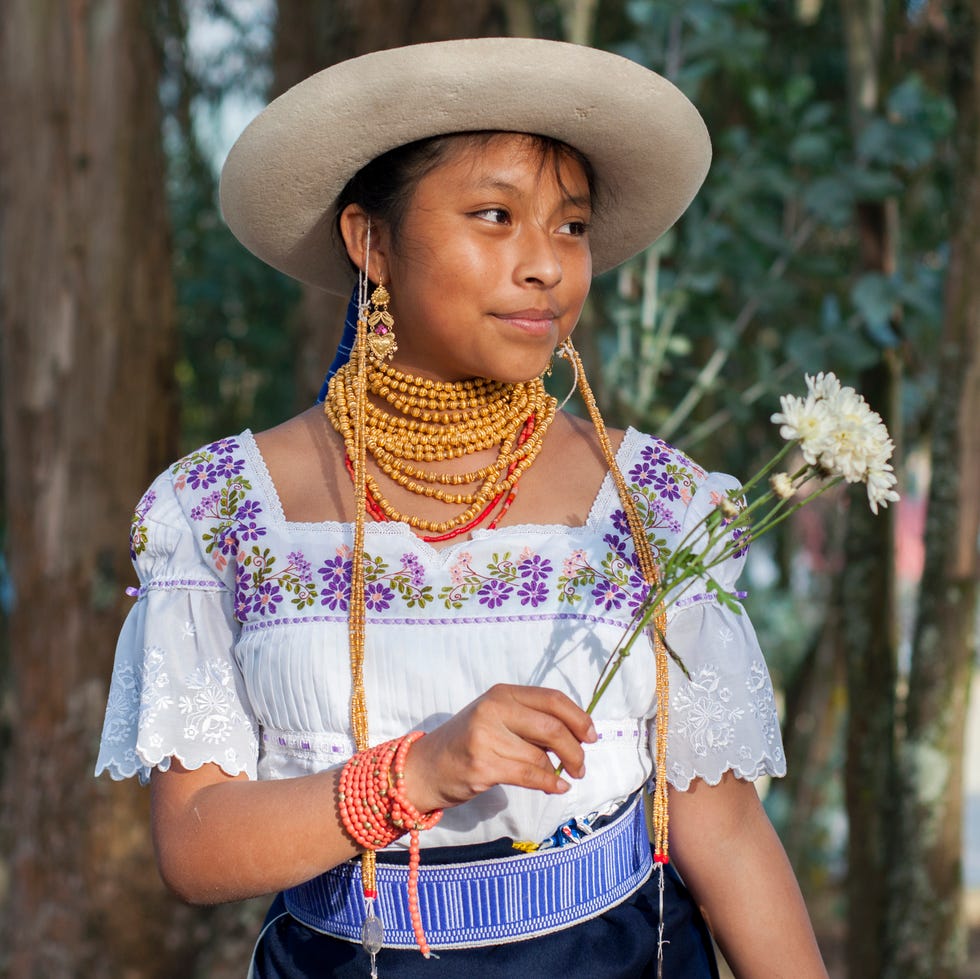
The Day of the Dead has roots in indigenous Aztec culture and goes back as far as 3,000 years ago. Traditions like the ofrenda originated from the Aztec practices of honoring the dead by placing offerings at tree stumps. When Spanish colonizers arrived in the 16th century, they moved Día de Muertos from the summer to November 1 and 2 so it would coincide with the Catholic holidays of All Saints’ Day and All Souls’ Day.
Advertisement – Continue Reading Below
Some traditions came from Spain.

In the eighth century, Pope Gregory III designated November 1st as All Saints’ Day, with All Souls’ Day following right after. Although many Celtic rituals were incorporated into these holidays, some traditions came from medieval Spain. The Spanish would honor the dead by visiting their graves with gifts such as wine, flowers and pan de ánimas (spirit bread). They would also light candles to light the way for their dead loved one’s souls to find their way back to Earth.
Day of the Dead is not sad, it’s a celebration.
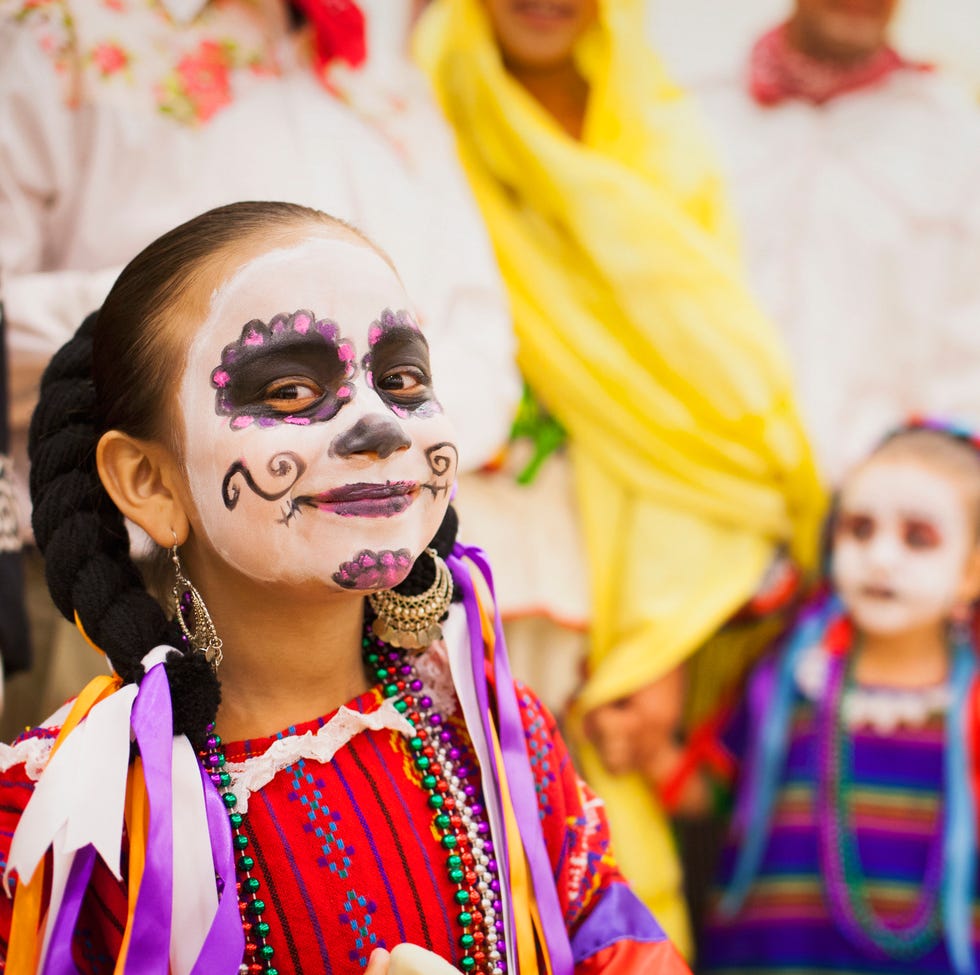
While a holiday focused on those who’ve passed away, Día de Muertos is a joyful occasion. This comes from the ancient Mesoamericans, who believed that death was part of the journey of life. It’s a true celebration of life, marked by costumes and makeup, festive foods, parades, humor and decorative tributes to the dead.
Advertisement – Continue Reading Below
Papel picado (perforated paper) plays a role.
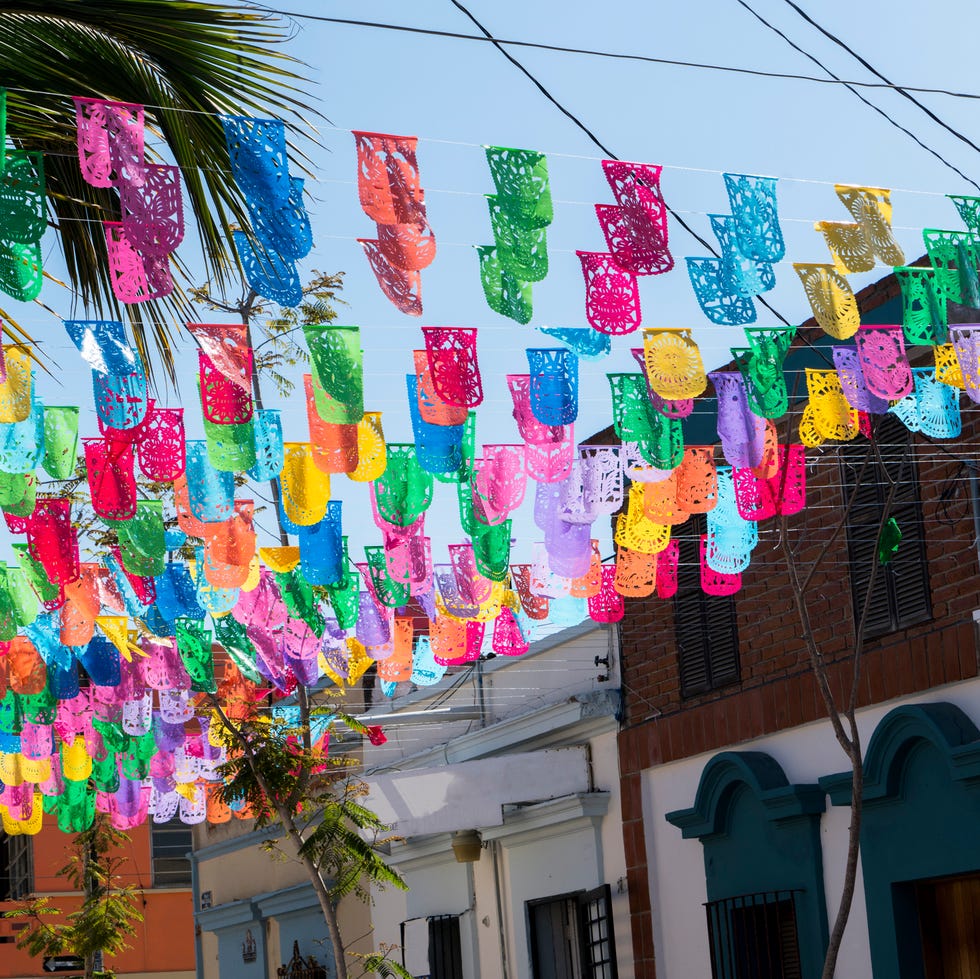
Papel picado, colorful tissue paper with cutouts, adorn Day of the Dead celebrations. These are more than ornamental. The thin paper represents the delicate nature of life, and the perforations in the tissue allow for souls to pass through for their visit.
Day of the Dead is celebrated with sugar skulls.

The calavera (or skull) is a central image of Día de Muertos, and one key element of every celebration is the sugar skull. These decorative candies are placed on the ofrenda as an offering to the dead—especially to the children who have passed on — and they are given out as treats.
Advertisement – Continue Reading Below
One of the most recognizable symbols is La Catrina.
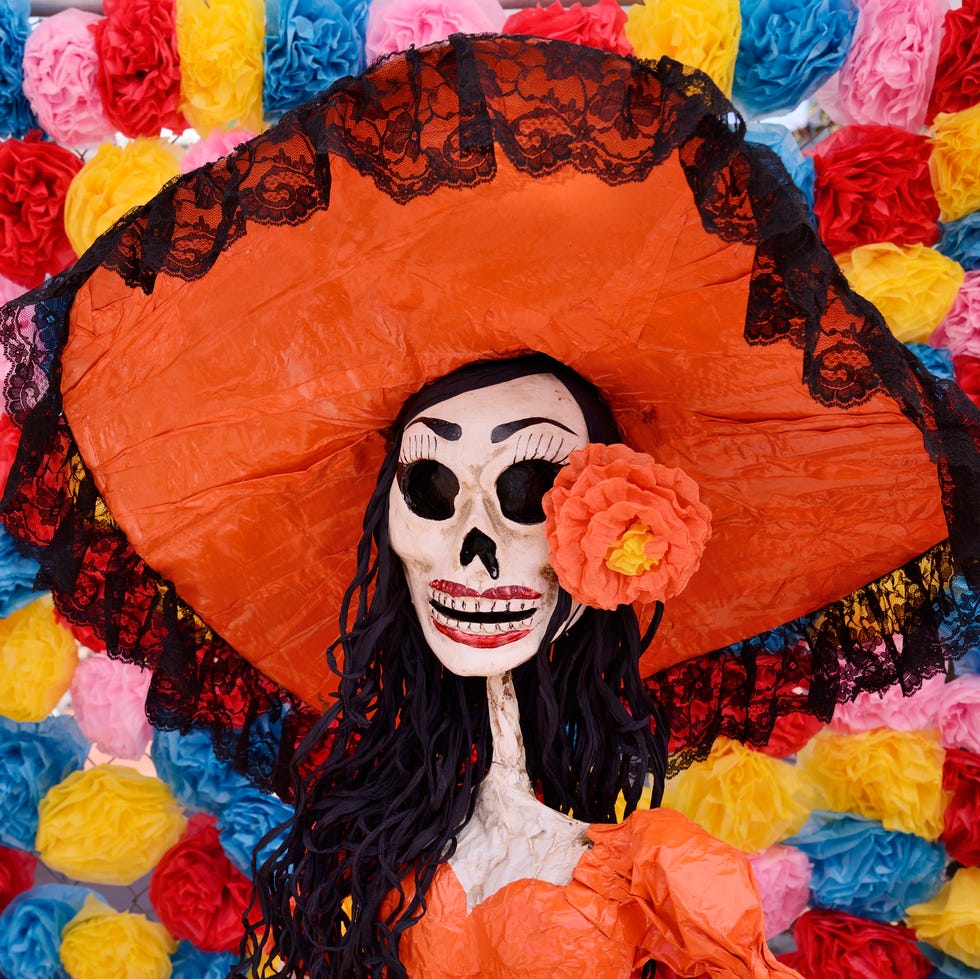
La Calavera Catrina originated from a 1913 etching by Mexican artist José Guadalupe Posada. The original depiction showed a skeleton in a large hat. La Catrina was later given a body by Mexican painter Diego Rivera, who portrayed her as the central figure in his 1947 mural “Sueño de una tarde dominical en la Alameda Central” (“Dream of a Sunday Afternoon along Central Alameda”), which can be seen in the Diego Rivera Mural Museum in Mexico City. La Catrina is a core part of any Día de Muertos celebration and is honored in costumes, makeup, and other festive imagery.
It’s customary to wear La Catrina-style makeup and costumes.
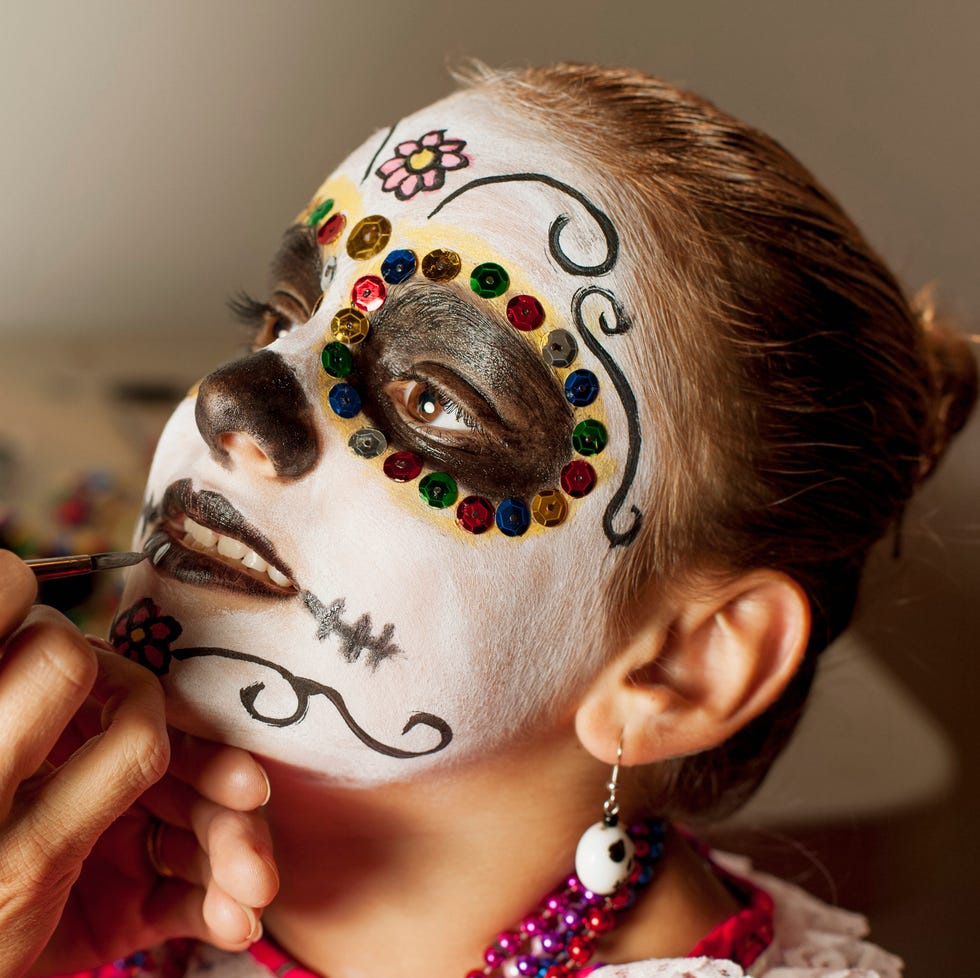
La Catrina is the inspiration behind the sugar skull makeup and costumes worn to celebrate the holiday. But looking scary or cool isn’t the point; wearing the bright colors and patterns of La Catrina on one’s face is a way to honor and recognize your loved ones who have died.
Advertisement – Continue Reading Below
No celebration is complete without pan de muertos.

In addition to sugar skulls, another food special to Día de Muertos is pan de muerto, bread that’s sprinkled with sugar and topped with bone-shaped decorations. Other popular Mexican dishes served for the occasion include tortilla soup, chalupas, tamales and caramel flan.
Families clean and decorate their loved ones’ graves.
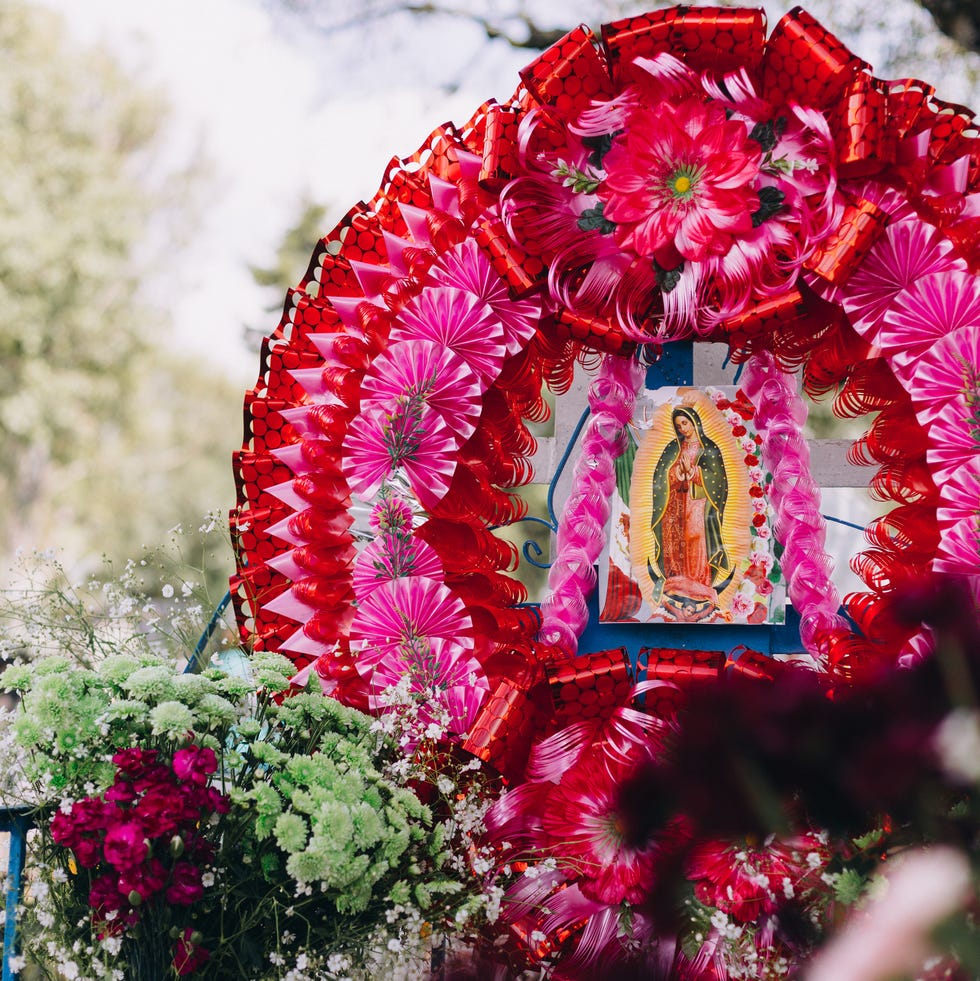
As part of the tradition, families visit cemeteries where their loved ones are buried to clean and decorate their gravestones with candles and marigolds. Families will gather to share a meal and tell stories at the gravesite, in addition to bringing objects that were meaningful to the deceased.
Advertisement – Continue Reading Below
Monarch butterflies are also a part of the tradition.
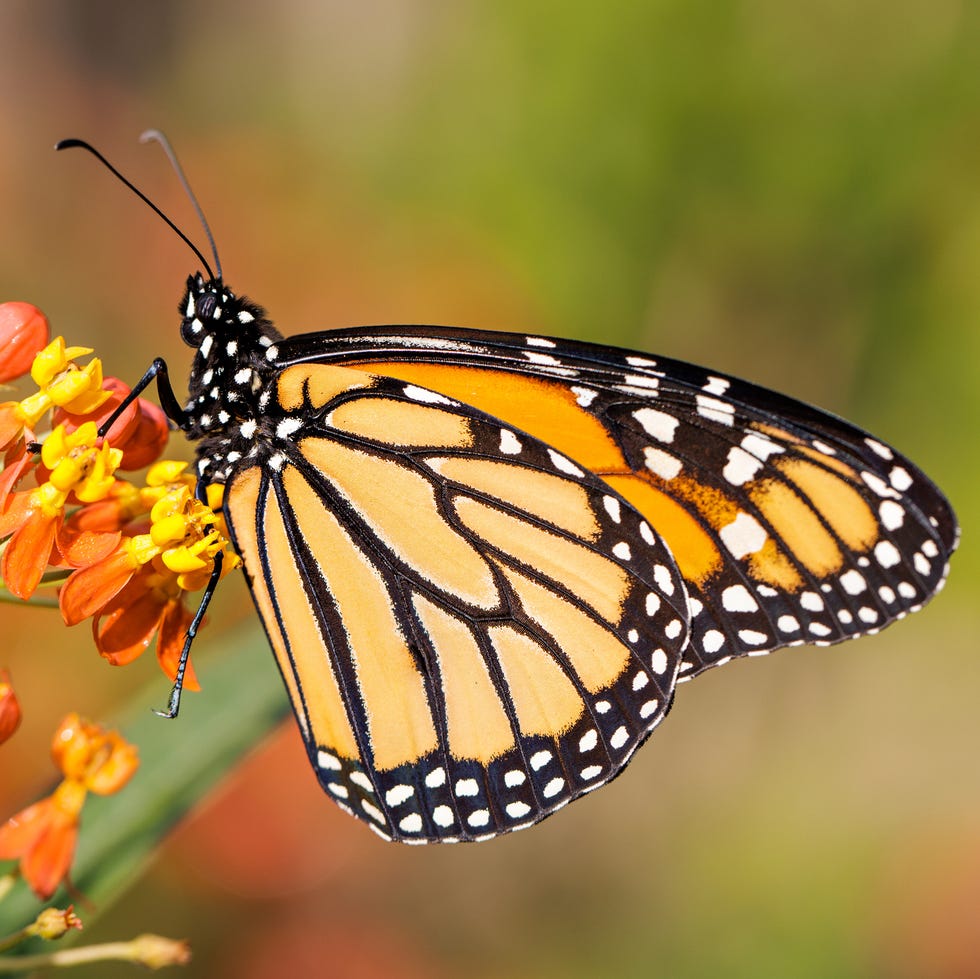
If you’ve wondered why butterflies are often part of the decorations for Día de los Muertos, it’s actually because of the natural migration journey of the Monarch butterflies. While the butterflies arrive in Mexico for the winter around November 1st simply because of science, they have become an important symbol because they are believed to hold the spirits of the departed.
Katarina Avendaño (she/her) is the senior SEO editor for Good Housekeeping, where she writes and edits lifestyle content and contributes to SEO strategy. Before joining GH in 2021, she was the digital editor at New York Family, where she was responsible for the website’s content and strategy. Katarina received her bachelor’s degree in communications and Spanish from the University of Washington.
Irina Gonzalez is an editor and a freelance writer based in Colorado, covering parenting, recovery, and Latinx culture. In her spare time, you can find her exploring her colorful state with her husband and spunky toddler. Follow her on Instagram at @msirinagonzalez.
Advertisement – Continue Reading Below
Advertisement – Continue Reading Below
Advertisement – Continue Reading Below

